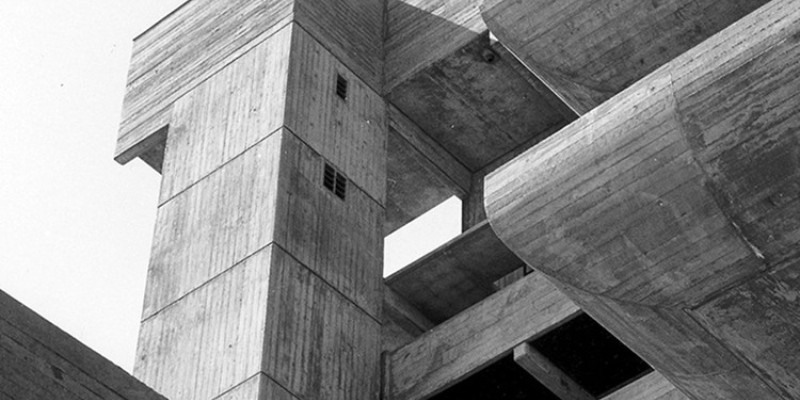Exploring the Cultural Significance of Concrete Floors Throughout History2023-11-07
Concrete, often associated with utilitarian structures and industrial settings, has evolved to become a symbol of modernity and versatility in architecture and design. However, the cultural significance of concrete floors extends far beyond their functional attributes. From ancient civilizations to contemporary societies, concrete floors have played a pivotal role in shaping cultural and architectural landscapes, reflecting the values, aesthetics, and social dynamics of different eras.
The Birth of Concrete Floors The roots of concrete can be traced back to ancient civilizations such as the Romans, who pioneered the use of hydraulic cement to create durable structures, including floors. The Colosseum and the Pantheon stand as enduring testaments to the longevity and strength of ancient concrete floors. The utilization of concrete floors in monumental structures served as a representation of power, engineering prowess, and architectural innovation, reflecting the cultural and societal values of the time.
The Rise of Functionalism During the Industrial Revolution, concrete emerged as a practical and economical material for industrial structures and urban infrastructure. Concrete floors became synonymous with functionality, providing a robust foundation for factories, warehouses, and transportation hubs. The widespread adoption of concrete floors reflected the era's emphasis on efficiency, productivity, and utilitarianism, mirroring the cultural shift towards mass production and urbanization.
Aesthetic Evolution In the early 20th century, the architectural and design movements of modernism and minimalism revolutionized the perception of concrete floors. Visionary architects such as Le Corbusier and Ludwig Mies van der Rohe embraced concrete as a primary design element, celebrating its raw, unadorned beauty. Concrete floors were emblematic of the movement's emphasis on clean lines, spatial simplicity, and the integration of industrial materials, reflecting a cultural shift towards rationalism and purity in design.
Versatility and Innovation In contemporary architecture and interior design, concrete floors have transcended their industrial origins to become a canvas for artistic expression and creative freedom. From polished concrete in upscale lofts to stained concrete in avant-garde galleries, the aesthetic appeal and adaptability of concrete floors have made them a hallmark of modern design. Their incorporation in residential, commercial, and public spaces reflects a cultural preference for authenticity, sustainability, and spatial fluidity.
Cultural Preservation and Revival In some regions, concrete floors have also taken on cultural and historical significance through preservation and revival efforts. Renovation projects in heritage sites and adaptive reuse of industrial buildings showcase how concrete floors, with their patina and weathered charm, contribute to a sense of historical continuity and architectural storytelling. By honoring the past while embracing contemporary uses, these initiatives preserve cultural heritage and celebrate the enduring appeal of concrete floors.
Environmental Impact and Sustainability In an era marked by environmental consciousness and sustainable practices, concrete floors have emerged as a sustainable flooring solution. With advancements in eco-friendly concrete production and innovative techniques such as polished concrete, which eliminates the need for additional flooring materials, concrete floors offer a low-impact, durable, and energy-efficient option. This aligns with the cultural shift towards eco-conscious design and responsible resource utilization.
DTS Diamond Tools is a professional manufacturer of diamond tools for grinding and polishing concrete. We provide a wide range of diamond tools on the market such as diamond polishing pads and diamond cup wheels with lowest cost and most reliable quality. If you are looking for a solution to your concrete floor, we can provide you with professional advice and guidance, welcome to click the picture to get into our web.

- Company Info
- Feedback
- Customer Reviews
- About Us
- Contact Us
- Blog
- Help Center
- User Center
- Forget Password
- My Orders
- Tracking Order
- My Account
- Register



